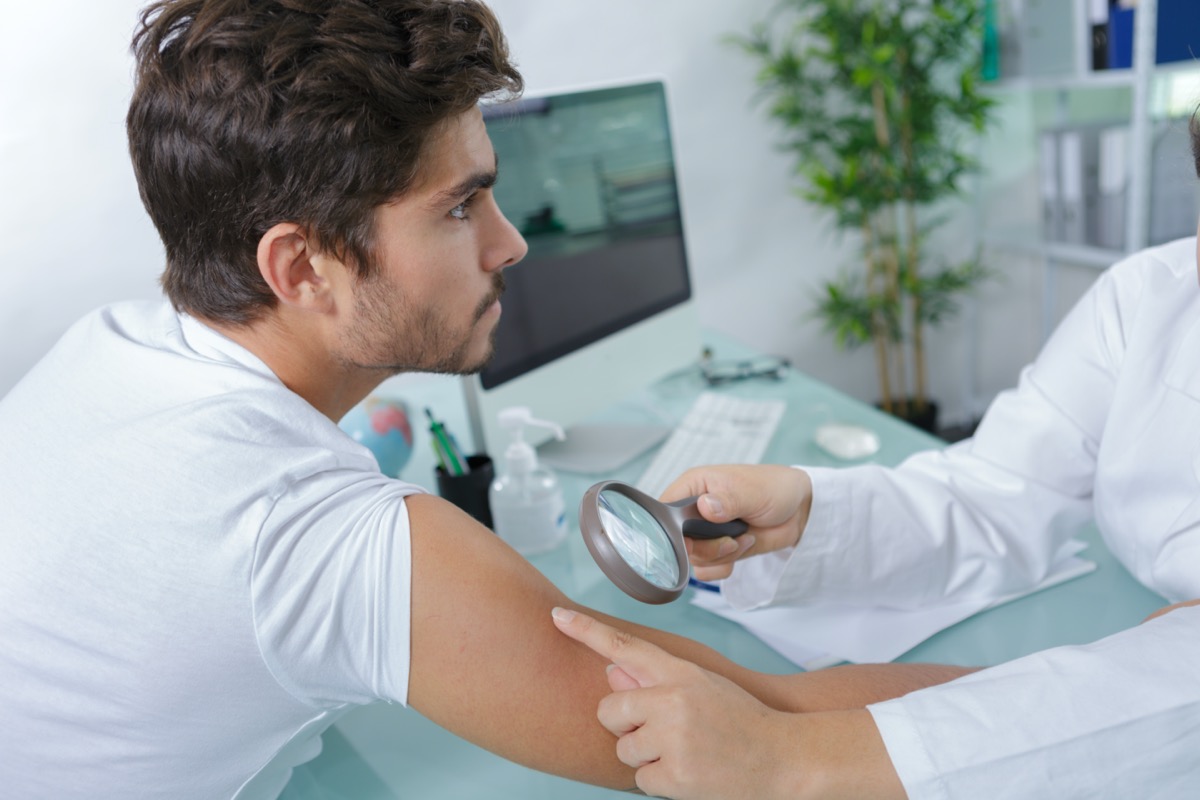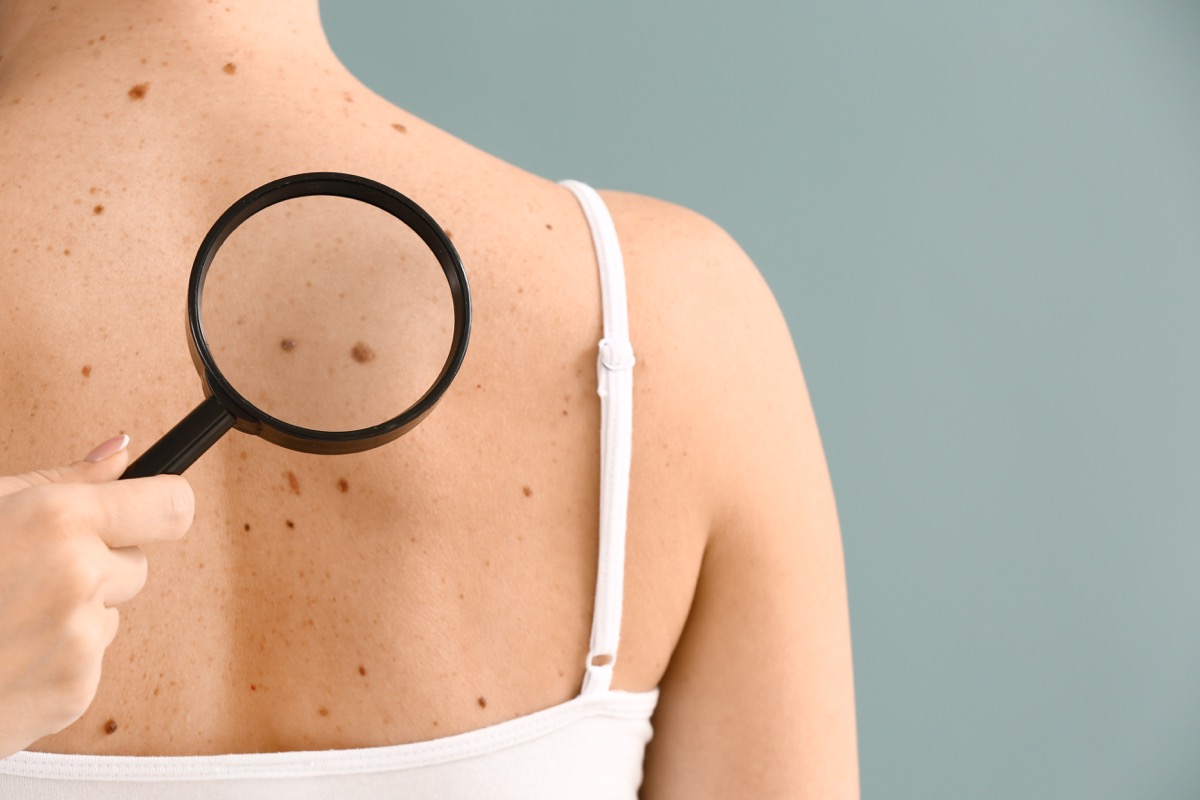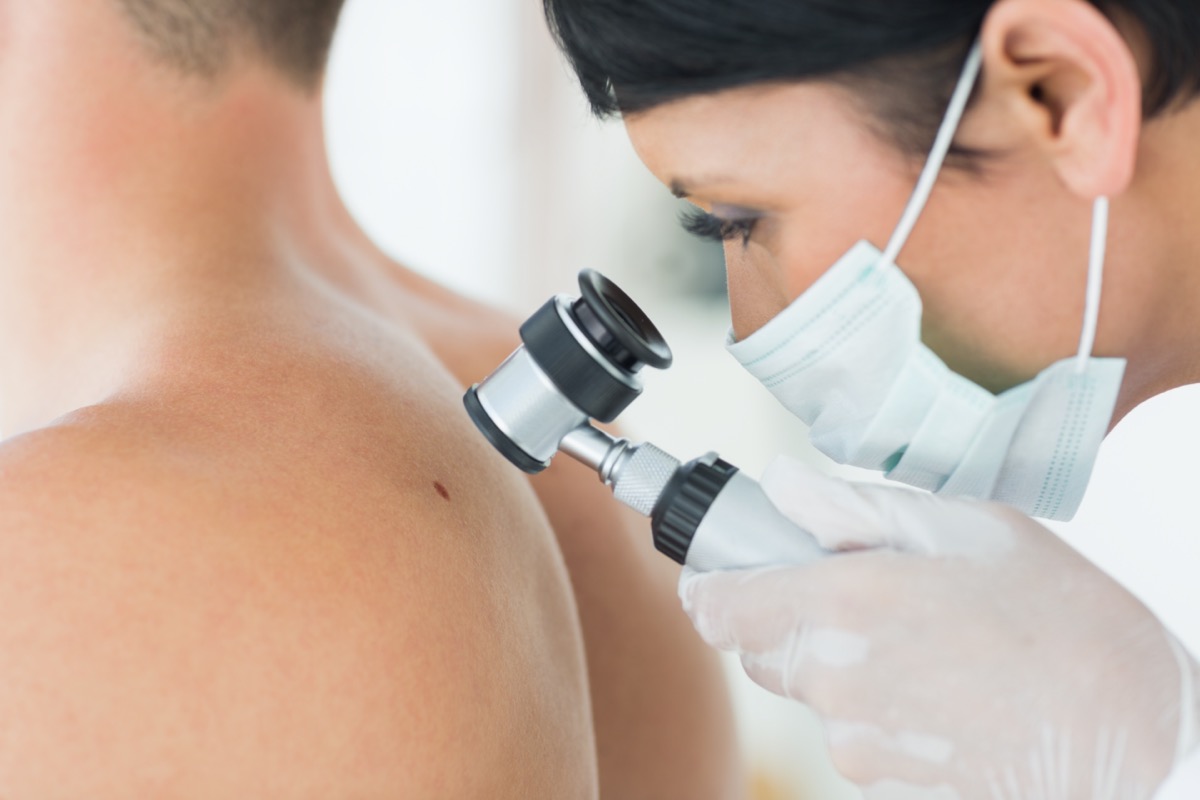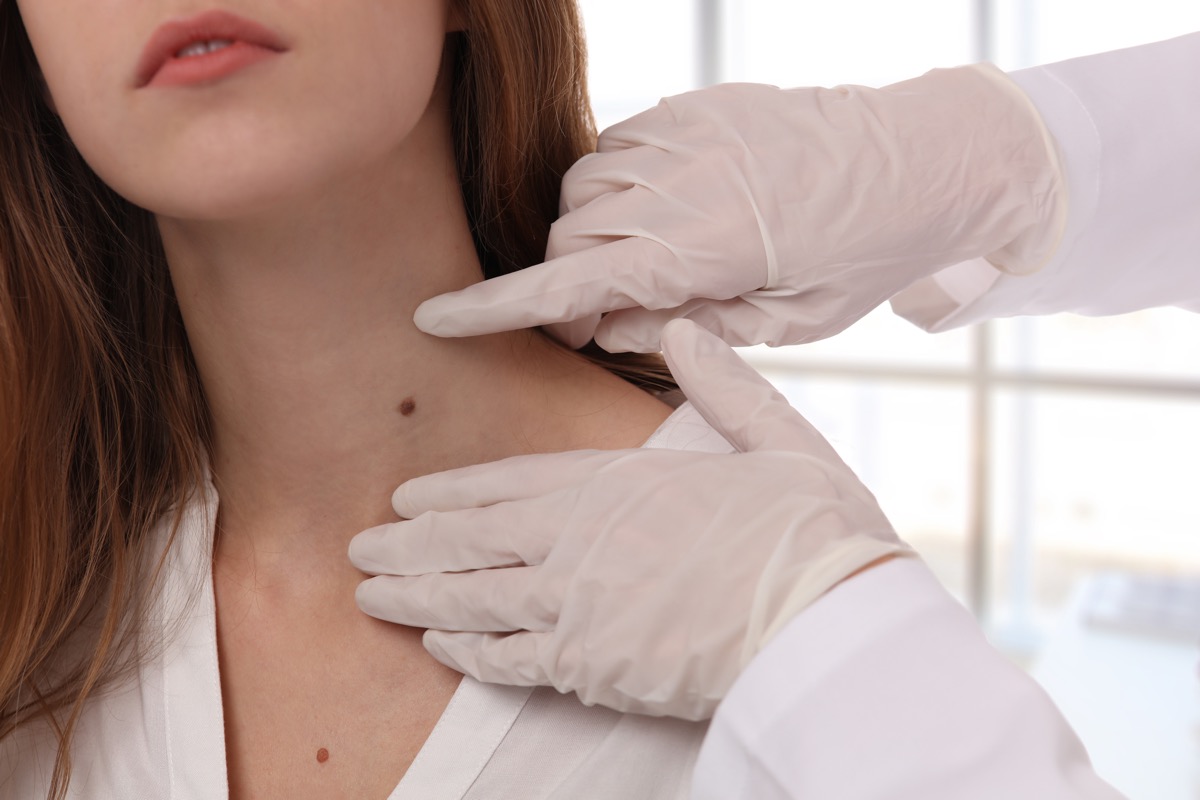In the US skin cancer kills more than 9,000 people each year. New cases per year in the US are in the millions. Most are curable if detected early
Skin cancer is caused by overexposure to ultraviolet (UV) radiation from the sun or other sources, such as tanning beds. UV radiation can damage the DNA in our cells. This damage can lead to mutations, or changes, in the DNA that can cause cells Basal cell carcinoma, squamous cell carcinoma, and melanoma are the three most common types of skin cancer. Other types include Kaposi's sarcoma, cutaneous T-cell lymphoma, and Merkel cell carcinoma.
Basal cell carcinomas are the most common. They usually appear as small, raised bumps that are smooth, pearly white, or waxy. They can also look like flat, brownish patches with indistinct borders. Basal cell carcinomas can occur anywhere on the body but are most commonly found in areas exposed to the sun such as the head, neck, and hands.
Squamous cell carcinomas are the second most common. They usually appear as scaly red patches, open sores, or warts. They can also look like raised bumps that are rough or crusted over. Squamous cell carcinomas can occur anywhere on the body but are most commonly found on the head, neck, and hands most exposed to the sun.
Melanomas are the third most common type of skin cancer. They usually appear as a new mole or a change in an existing mole. Melanomas can be black, brown, or any color. They can also look like a small lump that is red, white, or blue. Melanomas can occur anywhere on the body but are most commonly found on sun-exposed areas such as the head, neck, and hands.
Read on to find out early signs of skin cancer—and to ensure your health and the health of others, don't miss these Sure Signs You've Already Had COVID.
A new mole looks different from other moles on your body. It may be larger, have a different color, or change shape.
A change in an existing mole can be a new color, a change in size, or a change in shape.

If you have a mole that is itchy, painful, tender, or numb, you should see a doctor. This could be a sign of skin cancer.

If you have a mole that bleeds or oozes unusual. You should see a doctor.

If you have a mole that changes in texture this signifies a change. It may feel different. You should see a doctor.

If you have a mole that is larger than ¼ inch (6 mm) in diameter, you should see a doctor. Skin cancer can be treated effectively if it is caught early. If you notice any changes in your skin, make an appointment to see your

A sore that doesn't heal within four weeks could be a sign of skin cancer. Check in with your health provider.

A growth or lump that appears on the skin and continues to grow should be checked by a doctor. This could be a sign of skin cancer.

If you have a wart that changes in size, shape, or color this is concerning. You should see a doctor.

A scaly or crusted patch of skin that doesn't heal within four weeks could be a sign of skin cancer. This should prompt a call to your health provider.
Skin cancer can be effectively treated if it is caught early. If you notice any changes in your skin, make an appointment to see your doctor. And to protect your life and the lives of others, don't visit any of these 35 Places You're Most Likely to Catch COVID.
Gethin Williams MD Ph.D. is the Medical Director of Imaging & Interventional Specialists
The post Early Signs of Skin Cancer, Says Medical Director appeared first on Eat This Not That.
----------------
By: Gethin Williams, MD, Ph.D
Title: Early Signs of Skin Cancer, Says Medical Director
Sourced From: www.eatthis.com/news-early-signs-of-skin-cancer-says-medical-director/
Published Date: Thu, 09 Jun 2022 11:35:21 +0000
Read More
Did you miss our previous article...
https://naturesmart.us/fitness/the-1-best-way-to-tell-if-you-have-inflammation
 HealthWellnessFitnessBeautyVideosPrivacy PolicyTerms And Conditions
HealthWellnessFitnessBeautyVideosPrivacy PolicyTerms And Conditions
